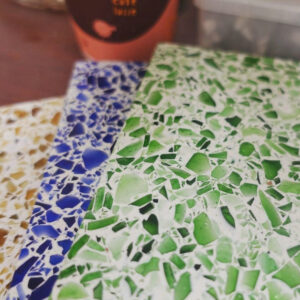Terrazzo is a versatile and timeless material that has been used in construction and design for centuries. Its origins can be traced back to ancient Egypt, where it was first utilized as a flooring material. However, it wasn’t until the 18th century in Venice, Italy, that terrazzo as we know it today began to take shape.
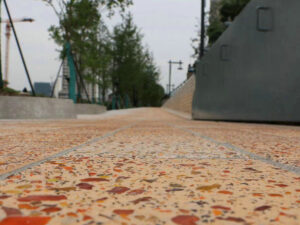

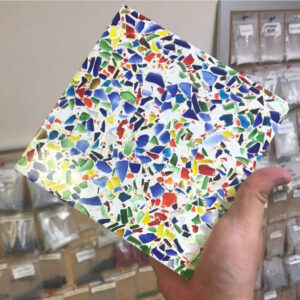
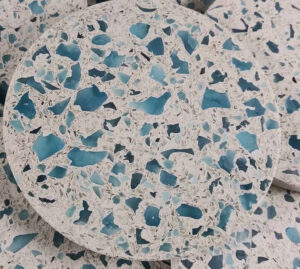
The word “terrazzo” itself is derived from the Italian word for terrace, and it was initially created as a sustainable solution to reuse excess marble chips. Venetian construction workers would mix marble remnants with clay to create a durable and visually striking flooring material for their terraces. Over time, this technique evolved, and cement began to replace clay as the binding agent, leading to the development of modern terrazzo.
One of the key features of terrazzo is its composition of various aggregates, including marble, quartz, glass, and even metal. These materials are mixed with cement or epoxy resin to create a seamless, polished surface. The result is a unique and elegant flooring option that can be customized to suit any design aesthetic.
Terrazzo’s popularity spread across Europe and eventually made its way to the United States in the early 20th century. Its versatility and durability led to its widespread use in public buildings, airports, and commercial spaces. The mid-century modern design movement embraced terrazzo for its ability to seamlessly integrate with other materials and create visually striking patterns.
In recent years, there has been a resurgence of interest in terrazzo as a design element. Designers and architects are rediscovering its aesthetic appeal and incorporating it into modern spaces. Terrazzo is no longer confined to flooring – it is now used in countertops, wall coverings, and even furniture.
The development of terrazzo has also been influenced by advancements in technology. With the introduction of waterjet cutting and CNC machining, intricate patterns and designs can be achieved with precision. This has opened up new possibilities for creative expression, allowing designers to push the boundaries of what can be accomplished with this ancient material.
Environmental considerations have also played a role in the evolution of terrazzo. As sustainability becomes a more significant concern in the design and construction industry, terrazzo’s use of recycled materials aligns with these principles. Additionally, its long lifespan and low maintenance make it an environmentally friendly choice for flooring and surfaces.
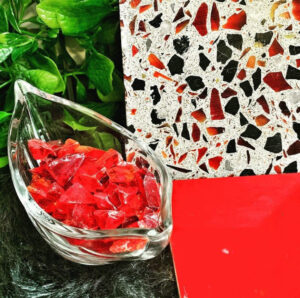

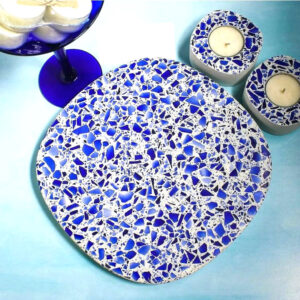

In conclusion, the development of terrazzo is a fascinating journey that spans centuries and continents. From its humble beginnings in Venice to its current status as a staple in modern design, terrazzo continues to captivate with its beauty, durability, and adaptability. As designers and architects explore new ways to incorporate this timeless material, it’s clear that terrazzo will remain a significant player in the world of design for years to come.




